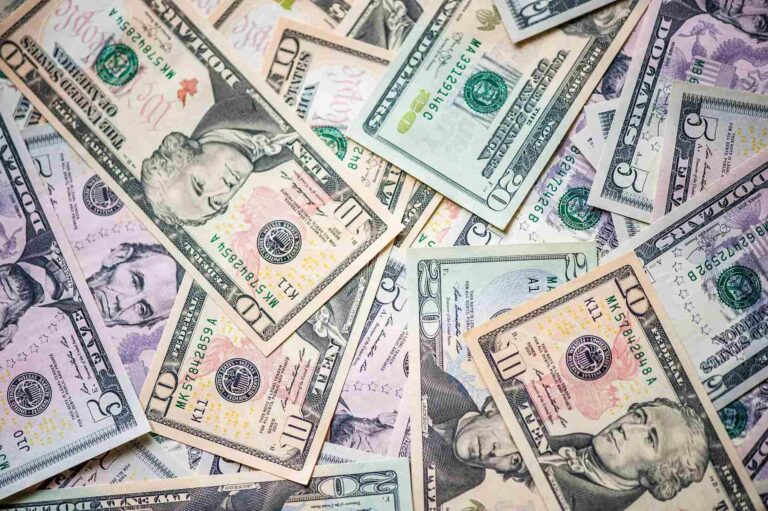Public debt is the amount of money lent to a state through the issuance of bonds and debt securities. But which countries have the highest debt? How is it calculated?
Table of Contents
What is public debt
Let us begin by defining what public debt is. The term public debt, in economics, refers to the debt incurred by a state, to finance its economic policies, through the issuance of bonds and debt securities.
When it comes to public debt, an important indicator is the ratio of debt to GDP. Debt itself, expressed in absolute value, is a parameter that in macroeconomics is considered irrelevant and unrepresentative for an economy or economic system.
The 10 countries with the highest public debt in the world
Taking into consideration the ratio of debt to GDP, it is possible to determine quite clearly, the ten countries with the highest level of debt. The ranking derived from this data presents a set of the poorest and most developed countries in the world together:
- Japan: 258.2%
- Greece: 166%.
- Sudan: 151.1%
- Eritrea: 146.3%
- Italy: 144.4%
- Laos: 123%
- USA: 122.2%
- Portugal: 112.4%
- Suriname: 112.2%
- France: 111.4%
Looking at this data, it emerges that Japan is the country with the highest debt to GDP ratio. It is the only one in the ranking to exceed 200%, meaning that Japan’s public debt amounts to about 2.5 times the country’s GDP.
Countries with the lowest debt in the world
If we look at the “ranking” of countries according to the debt-to-GDP ratio, starting from the bottom, that is, from the countries with the lowest level of public debt, we can observe that Macau is the only country in the world that has a debt-to-GDP ratio of 0%.
At the same time we can observe that the ranking of countries with the lowest debt-to-GDP ratio includes several oil-exporting countries such as Brunei or Kuwait, some of the world’s poorest countries such as the Democratic Republic of Congo, and at the same time regions such as Hong Kong and Macau.
- Macau: 0%
- Hong Kong: 2.13%
- Brunei: 2.51%
- Tuvalu: 6.02%
- Kuwait: 8.68%
- East Timor: 10.04%
- Turkmenistan: 11.08%
- Micronesia: 15%
- Democratic Republic of the Congo: 16.1%
- Solomon Islands: 16.45%
Read also: International Monetary Fund (IMF): what is it and what are its functions












